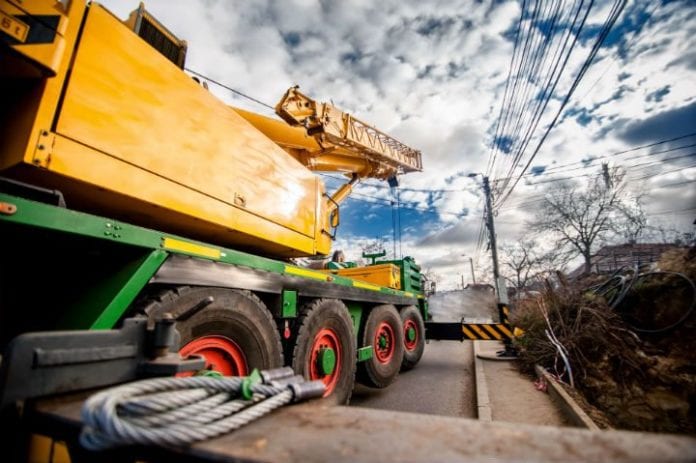CHICAGO – Cisco Systems tackled head on the notion that some aspects of the much-hyped “Internet of Things” were indeed over-hyped, hosting a panel session at this week’s Internet of Things World Forum asking if the “smart grid bubble” was more hype or hope.
The panel, which was moderated by Cisco’s RJ Mahadev, who is business development lead for the company’s IoT services, seemed to conclude that the market was perhaps a bit of both.
Don Stucket, who is VP of technology at Canada’s BC Hydro, indicated that from his point of view as a public utility, “there is a lot of hype in some of the segments,” though what he termed “maturity” in others.
“This is a very complex business with a lot of algorithms with a lot of hype around different technology and services that can help in figuring out these issues,” Stucket explained. BC Hydro has dipped its toe into the smart grid space having rolled out 1.8 million smart readers across its service footprint.
Scott Harden, who is VP of consulting at BitStew Systems, said he thought utilities were mostly through the hype cycle and are looking at the smart grid opportunities more pragmatically. Harden explained that many utilities are dealing with aging infrastructure that is coming up for replacement, and that utilities are looking to see if it made sense to spend the investment dollars on plugging in new equipment that could operate in a smart grid environment.
Mahadev pulled up past data from Cisco that found that only 45% of previously forecast expectations for cost savings tied to the rise of smart grid technologies were realized in 2013.
Lee Krevat, director of IT at San Diego Gas & Electric, noted that while the utility has been fairly aggressive in moving toward smart grid equipment, there was probably more the utility could have done as far as deployments, but that the current regulatory environment surrounding public utilities made those decisions tough to work out financially. Krevat cited a solar initiative SDG&E had been working on for three years that was still hung up in the regulatory process.
Another issue that was cited as having stunted smart grid opportunities was the controversial government stimulus package of late 2008 that fed money into the economy to bolster a number of “green” energy initiatives. Panel members seemed to indicate that a lot of this money went into basic smart reader technologies instead of being invested into more future-looking research and development projects.
The smart grid landscape has indeed been a topic of conversation for more than 20 years, with the wireless space having been involved in the potential efficiencies of such a move as far back as the mid-90s.
Bored? Why not follow me on Twitter?

